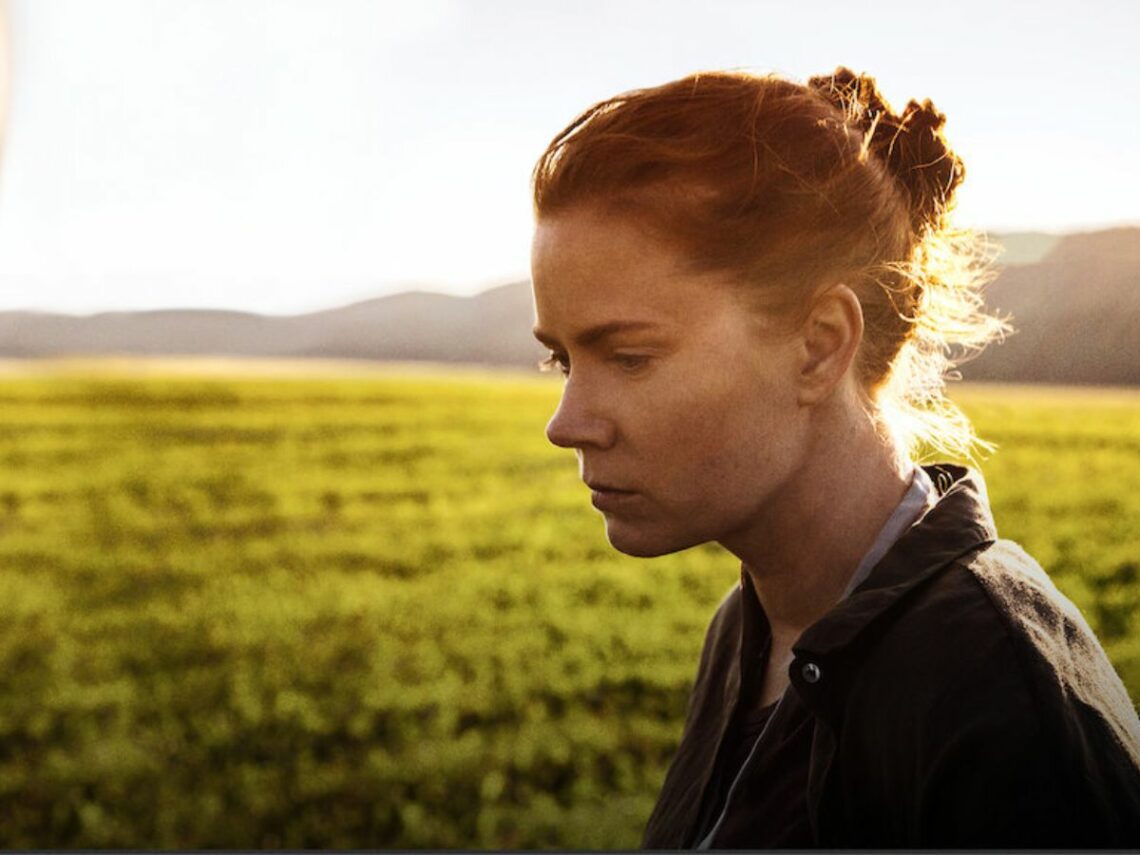Denis Villeneuve’s Arrival took the world by storm when it hit theatres. Based on Ted Chiang’s short story, Story of Your Life, this cerebral and visually stunning film brought a fresh perspective to the sci-fi genre. Here, we had a story about an alien encounter that did not devolve into violence but resolved peacefully.
Beyond its engaging plot and Amy Adams’ brilliant performance, many fascinating behind-the-scenes facts make Arrival even more intriguing.
For instance, Adams was Villeneuve’s top pick for the role of Louise, and remarkably, she accepted the part within a mere 24 hours of receiving the script. The film initially bore the title Story of Your Life, mirroring the novella’s name. However, after receiving unfavourable feedback from test audiences, it underwent a title change to become Arrival.
And there is more trivia about Arrival that you probably never knew before. Read on to find out more.
A visual alien language was created just for Arrival
One of the most striking aspects of Arrival is the circular, inky alien language. Director Denis Villeneuve and screenwriter Eric Heisserer went to great lengths to create a fully functioning, visual alien language. They developed a “logogram bible” with over a hundred operational logograms, 71 of which appear in the film. Artist Martine Bertrand crafted the intricate language.
Arrival was stuck in development hell for being “unfilmable”
Arrival spent years in development hell as it was initially considered unfilmable. Chiang’s short story was a challenging adaptation, and the original spec script by Heisserer required several tweaks and upgrades before a studio considered it viable. But, ultimately, the perseverance paid off.
Homage to Contact
Arrival pays a subtle tribute to another classic sci-fi film, Contact. The Robert Zemeckis directorial, starring Jodie Foster, was based on the 1985 novel by Carl Sagan. Both movies feature alien contact in remote locations. In Arrival, Hokkaido is one of the locations for alien contact, mirroring the secret construction site of the second vessel in Contact. Additionally, the selection of Montana as the setting for the alien craft’s arrival may also be a subtle reference to Star Trek: First Contact, where the first encounter between humans and aliens occurred in Montana.
The “dirty sci-fi” aesthetic in Arrival
Villeneuve and cinematographer Bradford Young aimed for a “dirty sci-fi” look in Arrival. They wanted to create a realistic and relatable atmosphere akin to a mundane Tuesday morning. Scandinavian photographer Martina Hoogland Ivanow influenced Young and subsequently the film’s visual style.
The mysterious last words in Arrival that stopped the war
Heisserer was tasked with crafting Shang’s wife’s last words for weeks. Surprisingly, these words weren’t subtitled in the final cut, much to his chagrin. The translated message is profound: “In war, there are no winners, only widows.”
The unique spacecraft design inspiration in Arrival
The design of the heptapod’s spacecraft in Arrival draws inspiration from the asteroid 15 Eunomia. Villeneuve was captivated by the asteroid’s unique shape, which he believed added an aura of menace and mystery to the alien craft, even though they hovered at a distance. He was not wrong.
Cultural changes in translation
In the Italian edition of the film, Abbott and Costello become Tom and Jerry. Even the eighties musicians mentioned in the story shift from Sheena Easton to Pink Floyd simply because of their popularity in Italy.
The score that was denied an Oscar nom
The film’s bookending musical piece, “On the Nature of Daylight” by Max Richter, takes a prominent role throughout the movie. However, its use as a pre-existing track led to Jóhann Jóhannsson’s highly acclaimed score being disqualified for an Academy Award consideration. Richter’s “On The Nature Of Daylight” is a recurring piece of music in several films, including Stranger Than Fiction, Shutter Island, and Disconnect.
Ted Chiang’s Approval of Arrival
Chiang described Arrival as a rare gem, “I think it’s that rarest of the rare in that it’s both a good movie and a good adaptation… And when you consider the track record of adaptations of written science fiction, that’s almost literally a miracle.”
Arrival is now streaming on Netflix.
